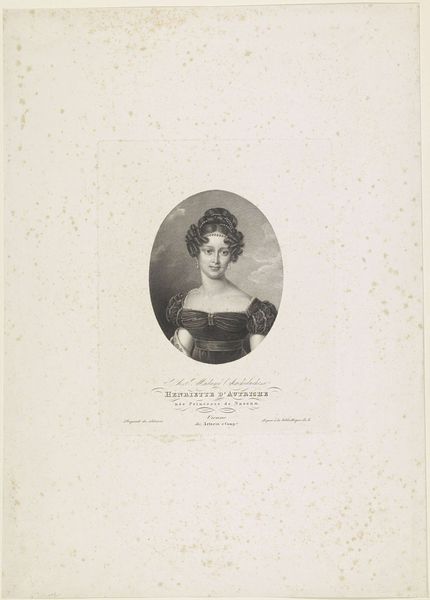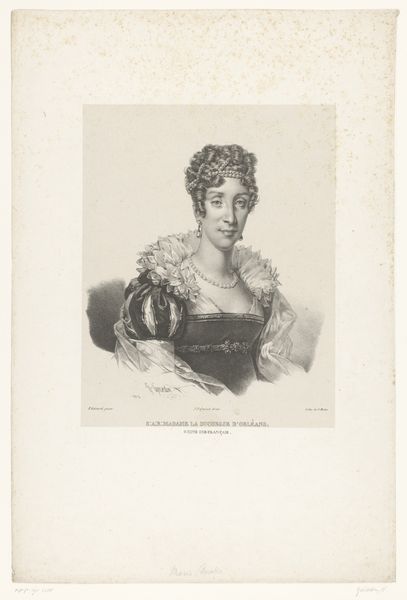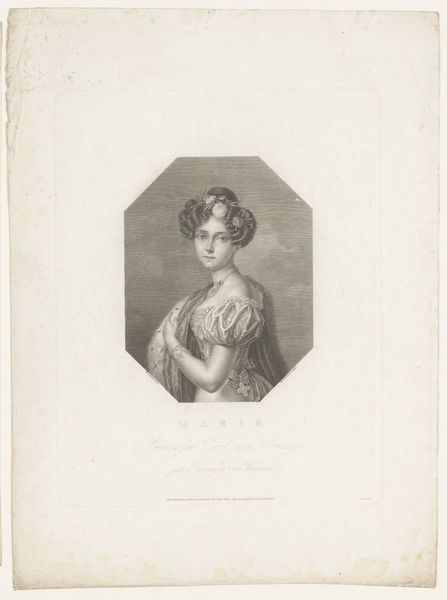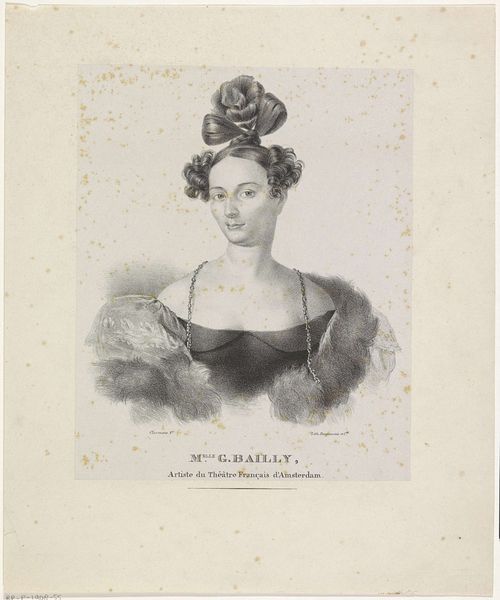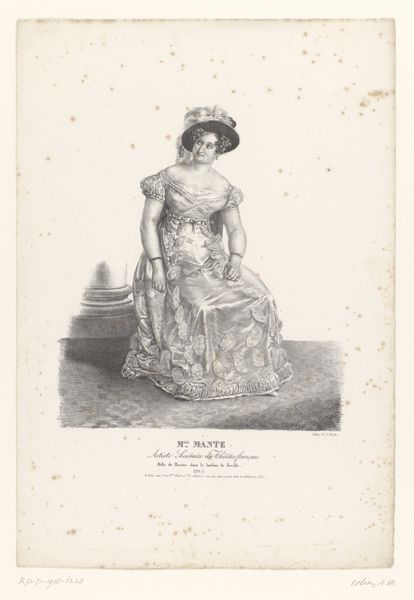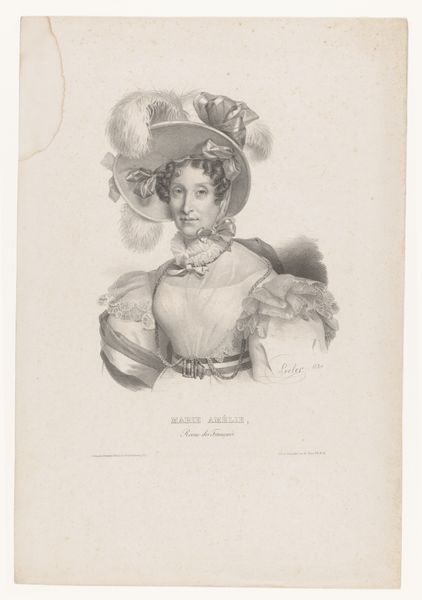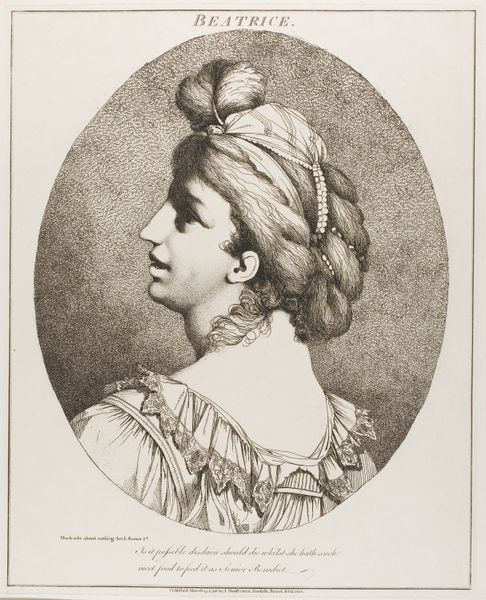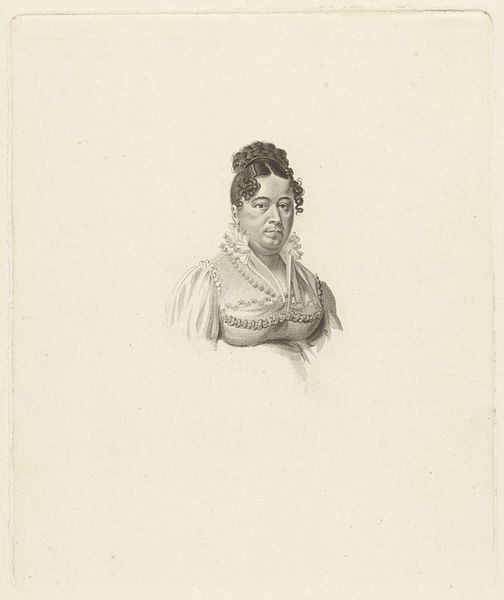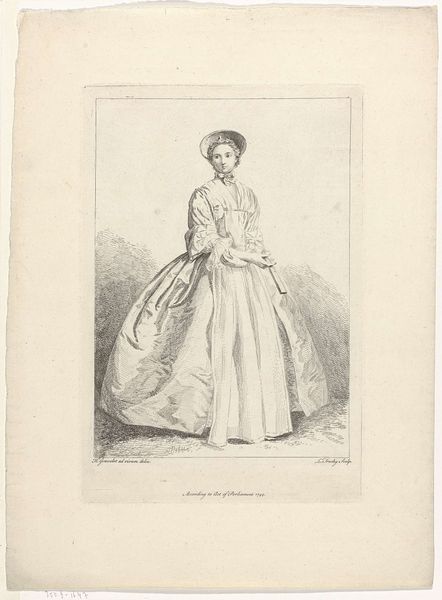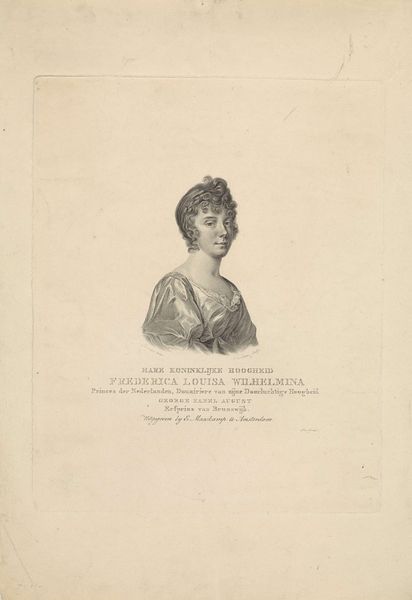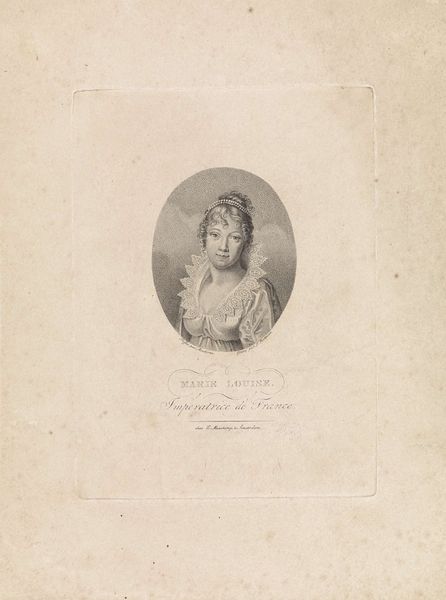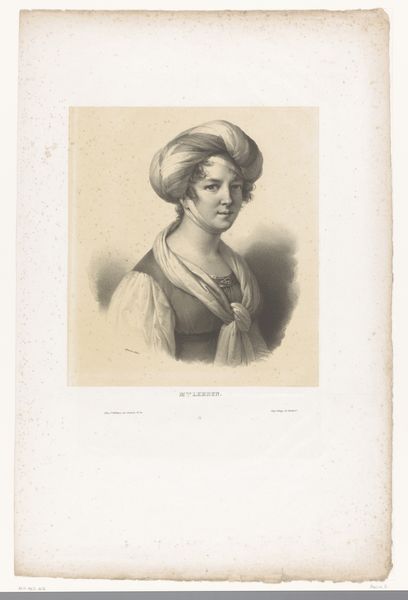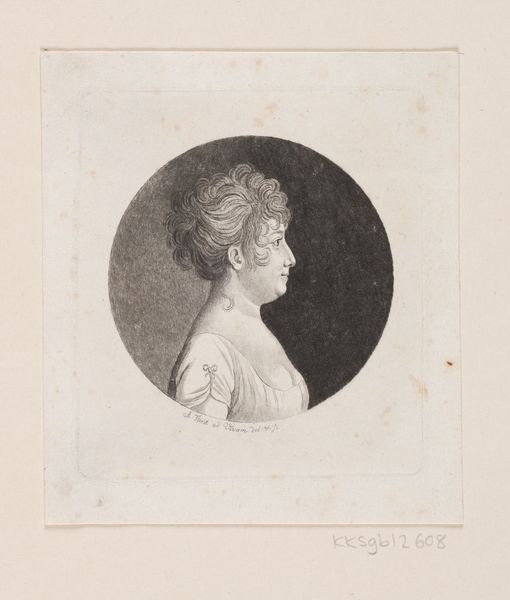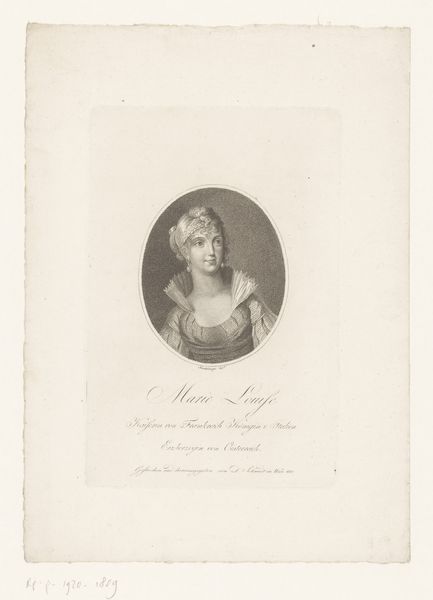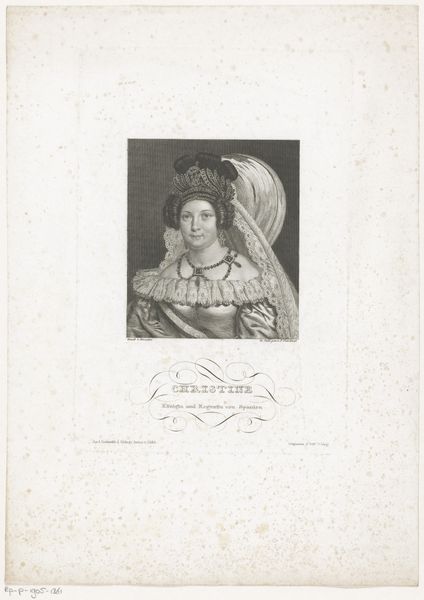
drawing, pencil
#
portrait
#
drawing
#
neoclacissism
#
pencil sketch
#
figuration
#
pencil drawing
#
pencil
#
academic-art
Dimensions: height 345 mm, width 269 mm
Copyright: Rijks Museum: Open Domain
Curator: This drawing is titled “Portret van schilder Raffaello dal Colle” made by Pietro Ghigi in 1805. It's a pencil drawing reflecting the Neoclassical style, which was gaining popularity in Europe at the time. Editor: It strikes me how delicately the light falls across the sitter’s face. There's a softness, almost an ethereal quality to the pencil strokes, particularly in the rendering of the hat and the subject's gaze, which conveys a kind of wistful introspection. Curator: Yes, and Ghigi’s choice to depict Raffaello dal Colle, an Italian painter who assisted Giulio Romano in the Vatican, also contributes to our understanding of art and influence during that time. Artists studying artists, promoting an artistic legacy. Editor: It’s a very academically rigid portrait. I'm curious about Ghigi’s decision to frame him in this way. The formality suggests a desire to present dal Colle as an important artistic figure, one worthy of such composed reverence. The composition focuses our attention, it becomes clear it is not merely a likeness, but a construction of artistic identity. Curator: Precisely! These portraits circulated within academies and intellectual circles. They bolstered reputations, served as visual reminders of artistic lineages, and further created a narrative. Editor: I see the work also captures a unique aesthetic quality. How the feathered hat gives a unique shape to the drawing as the diagonal slashes that define it seem to emphasize his status, or rather the perceived importance, within the larger art establishment. Curator: Beyond its aesthetic virtues, Ghigi’s drawing gives a clear window to the social mechanisms through which artistic reputations were made and sustained during the early 19th century. Editor: And with that being said, one sees more than an artwork, rather a snapshot into a culture where images acted as markers for acceptance. Curator: Absolutely. We understand art is entrenched in social history and is hardly ever completely separated. Editor: Which can easily be detected with such meticulous compositions and delicate material interactions.
Comments
No comments
Be the first to comment and join the conversation on the ultimate creative platform.
